Massive framed prints of iconic photos of Ozzy Osbourne and Johnny Cash hang on either side of a beautiful vintage piano, derelict old guitars and perfectly-broken in vintage combat and engineer boots line the walls. A pair of blacked-out big displacement Harleys sit out back behind the shop, and beyond the racks of jeans and jackets, it can be hard to tell what’s decor and what’s for sale inside of Schaffer’s Garment Hotel.
The shop itself guides you directly into Robert Schaeffer’s world as a denim designer, leather jacket hunter and repairman, and dedicated menswear enthusiast and vintage expert. The shop has all of the elements that make his line of garments so effortlessly cool right on display, and the vibe Schaeffer has imbued his space with makes it immediately clear why some of the coolest rock stars, actors, and most fashion-forward folks in LA come to him when they need to hone in or repair a beloved vintage leather jacket, or need a pair of jeans that will look and feel ready for the runway, but will put up with the abuses of the stage, of long motorcycle trips, and of a life well-lived for ages. The truth is with time, Schaeffer’s jeans will become a part of the wearer’s being in that symbiotic way that all denim nerds romanticize – a second skin, battle armor, a canvas for patina, and probably the last pair of jeans you’ll ever need barring major catastrophe. Most remarkably, the rock ‘n’ roll energy that Schaeffer’s clothes project feels authentic, and that’s simply because the clothes are a direct extension of Schaeffer himself – a true student of his craft, rather than a fashion industry interloper.
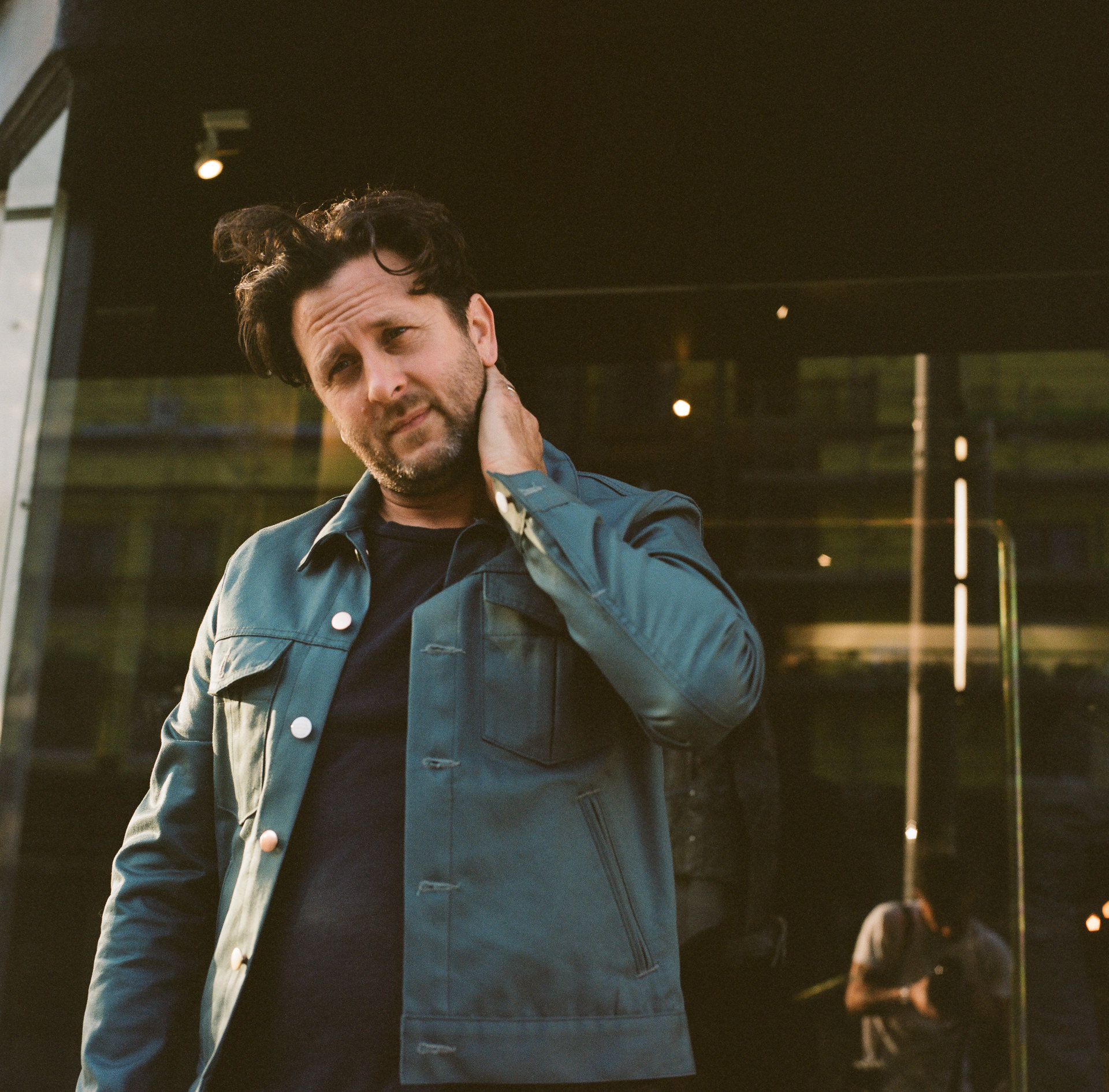
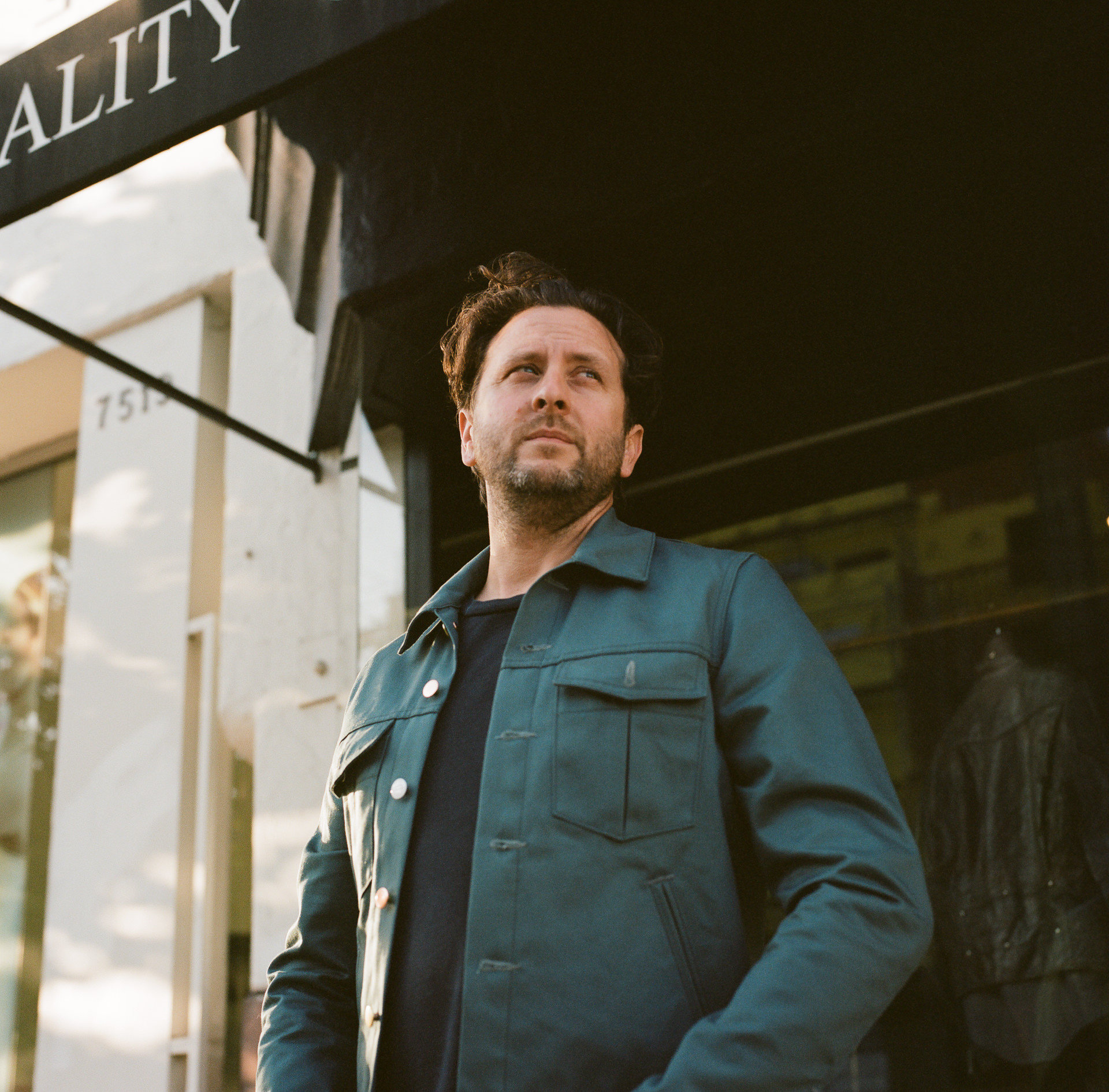
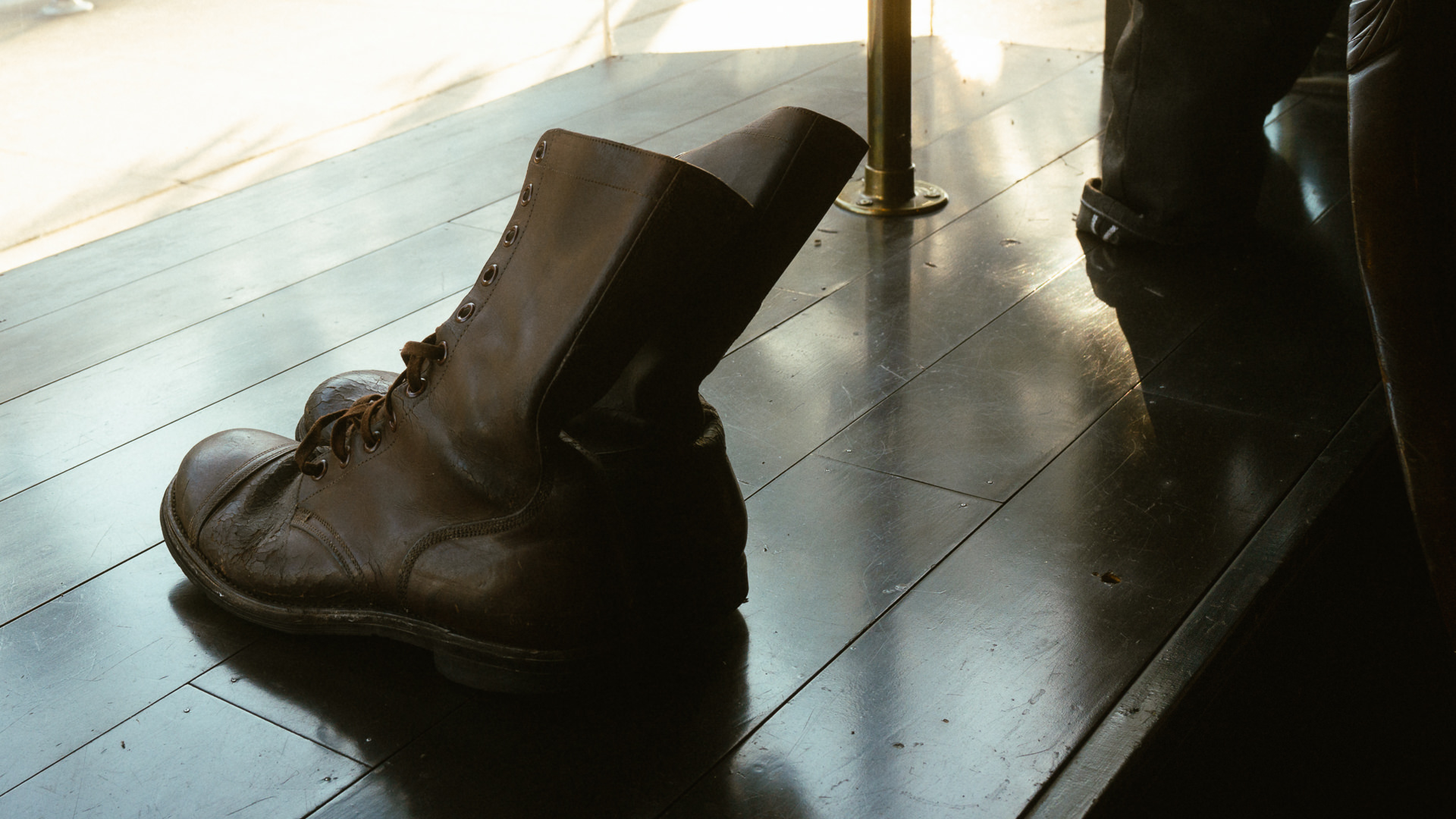
Despite having had a major deal distributing his clothes through the upscale (and now defunct) chain Barney’s and working with the likes of design wunderkind Hedi Slimane when he was still at Saint Laurent, Schaeffer remains a no bullshit kind of guy – a salt-of-the-earth Texas boy at heart that fell in love with what he does at the flat track and has the kind of extreme passion for his craft that we here at Craft + Tailored can’t help but be drawn to. So it makes some sense that our CEO (and confirmed leather jacket addict) Cam Barr has been a friend and client of Schaeffer’s since long before Craft + Tailored was even in its infancy. The C + T Journal recently paid Schaeffer a visit and as always tends to happen when we’re around people that really give a shit about what they make, questions were asked. Fortunately for us, Robert Schaeffer is happy to chat and discussed everything from his early days discovering his love for leather jackets at the motorcycle track to what sets his jeans apart, advice for people looking to drop some real dough on their first proper vintage leather jacket, and what still brings him joy as someone with no small sum of years in the game.
Where did you get your start in menswear?
RS: I was a motocross athlete – not fully pro – but I raced from when I was 4 until my late teens. I got a lot of injuries doing that and there was a circle track connected to the track that I trained at that would have cars and flat track races. As my injuries piled up and I was out of commission, I didn’t want to watch everybody getting faster in the class that I raced in, but that was my whole life then, so I’d go and watch the flat track races and I got really into the XR750 class – which is all vintage bikes. I really, really liked the bikes and the leathers the riders wore in XR750 and I just fell in love with it. I really honed in on what I liked there, which was ‘30s-‘60s motorcycle boots – specifically engineer boots – and leather jackets. I was buying old burnt out leathers off of people at the track. Some were for wall hanging, others could be worn, but I started getting into it there.
From there, I started talking to shop owners and people at the races and started buying their stuff off of ‘em and selling it, but as I was working regular jobs and just figuring life out. Eventually it led to me selling vintage to people and a real gig and I sold stuff to the RRL guys for a while, and I sold stuff to a guy named Zip Stevenson – who owned Denim Doctors. At one point, I had a six figure job in Texas that I quit to come out to LA and to learn and work closer with Zip; I told him that I wanted to get into doing my own brand, so I came out and left my comfy salary and started running Zip’s business. I closed his Fred Segal location for him in Santa Monica and I revamped his whole store while learning everything I could underneath him.
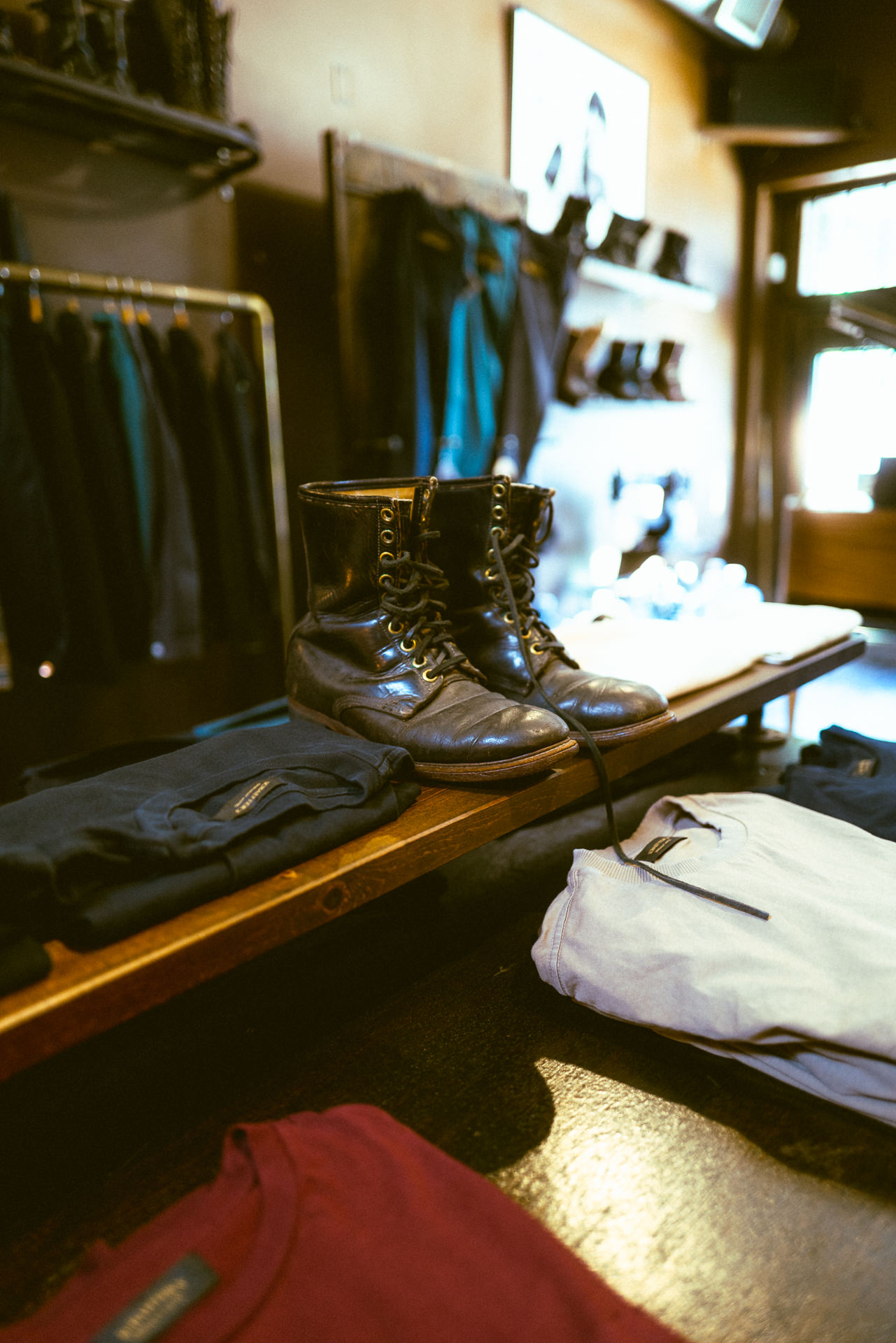
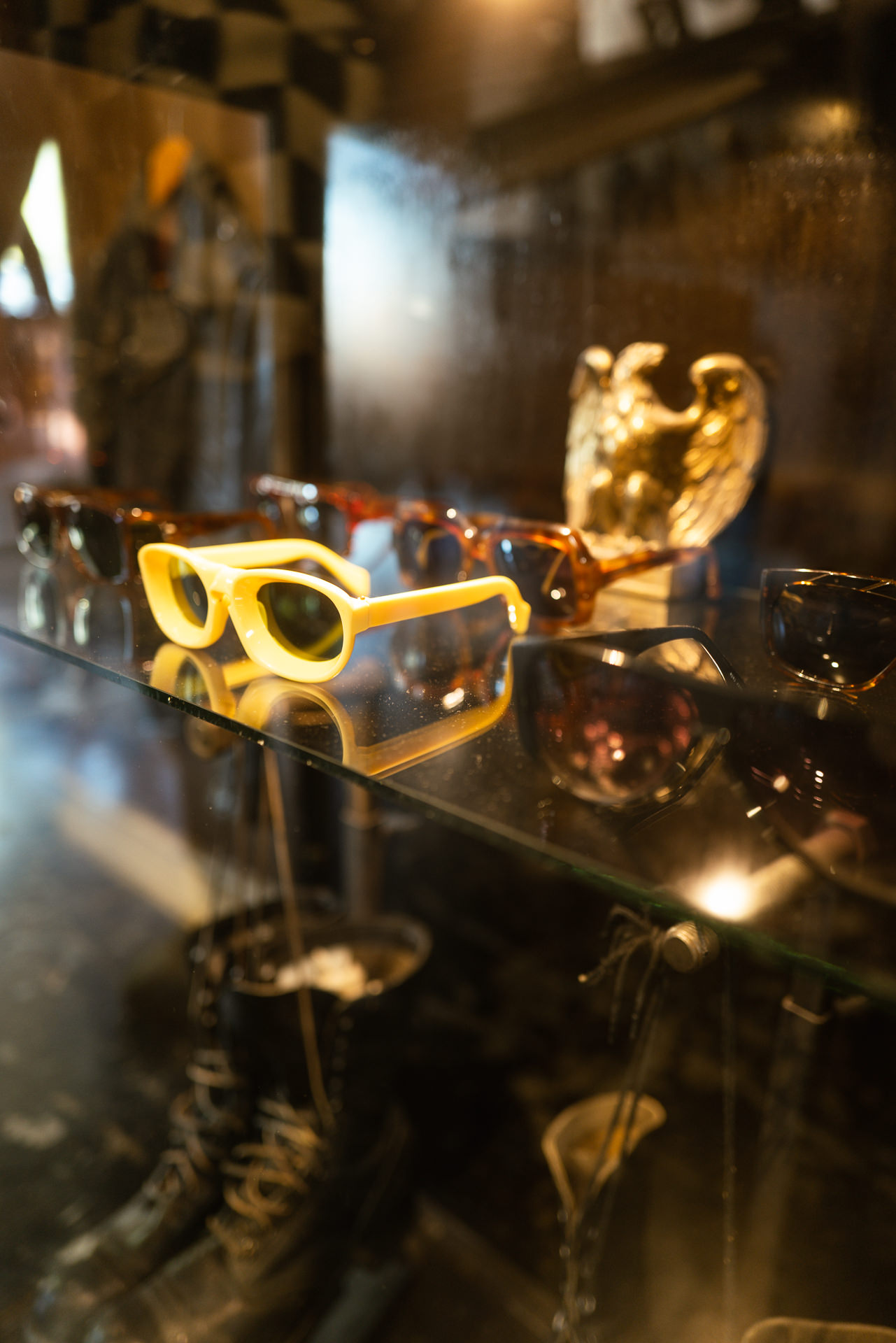
This was all before the internet really changed the vintage game. How have you seen this business change through e-commerce and is it for the better or worse in your book?
It’s good and bad. You used to be able to go to a pawn shop and they’d have no idea what they had. The same way you used to be able to go to a pawn shop and they might know it’s a Rolex, but they’d have no clue what the specifics of the watch are, so you could go and snake rare things quickly. It’s the same thing with vintage jackets; people only know what the masses know. I buy styles of jackets when people don’t want them because I learned early that they always come back and the trends cycle. That’s why I’ve got 150 jackets upstairs. Some years people look at a style and have no interest in it and then they come back a year later and it’s all they ask for. I’ve seen it happen over and over.
What style of jacket are you stockpiling right now that’s not en vogue, but that you expect to come back in style?
I think the three-quarter, mid-length horsehide jackets are going to come back – the ones that come right past your waist. It’s all driven by fashion brands, so when Saint Laurant went hard on the motorcycle jacket, it brought it back. Everyone’s into flared pants teetering on revamped late ‘60s and ‘70s pants and those three-quarter jackets look like the Shaft jacket – they’re very close – so that’s something I think is going to hit hard again. But they haven’t popped yet and I still fly through motorcycle boots and motorcycle jackets all day.
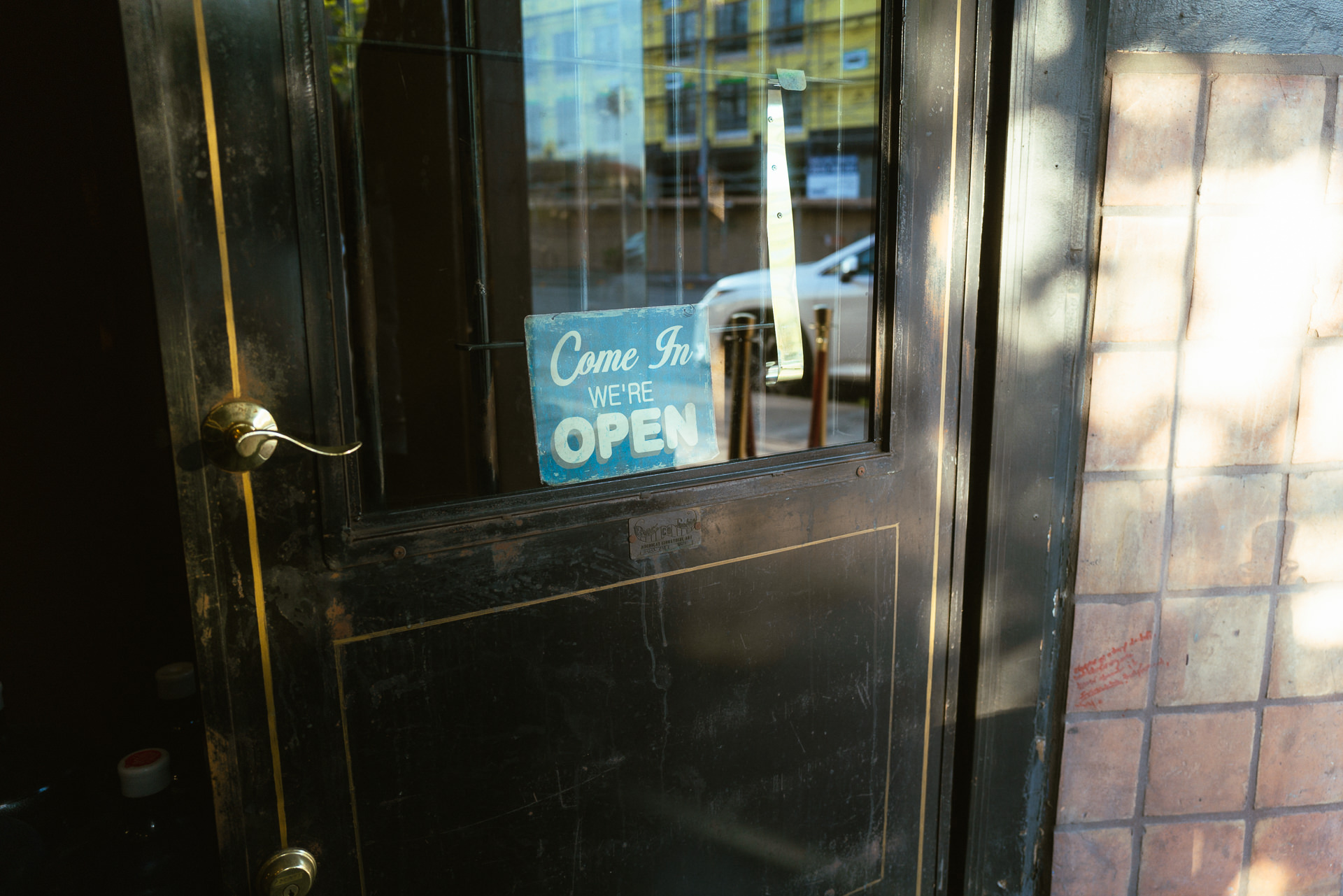
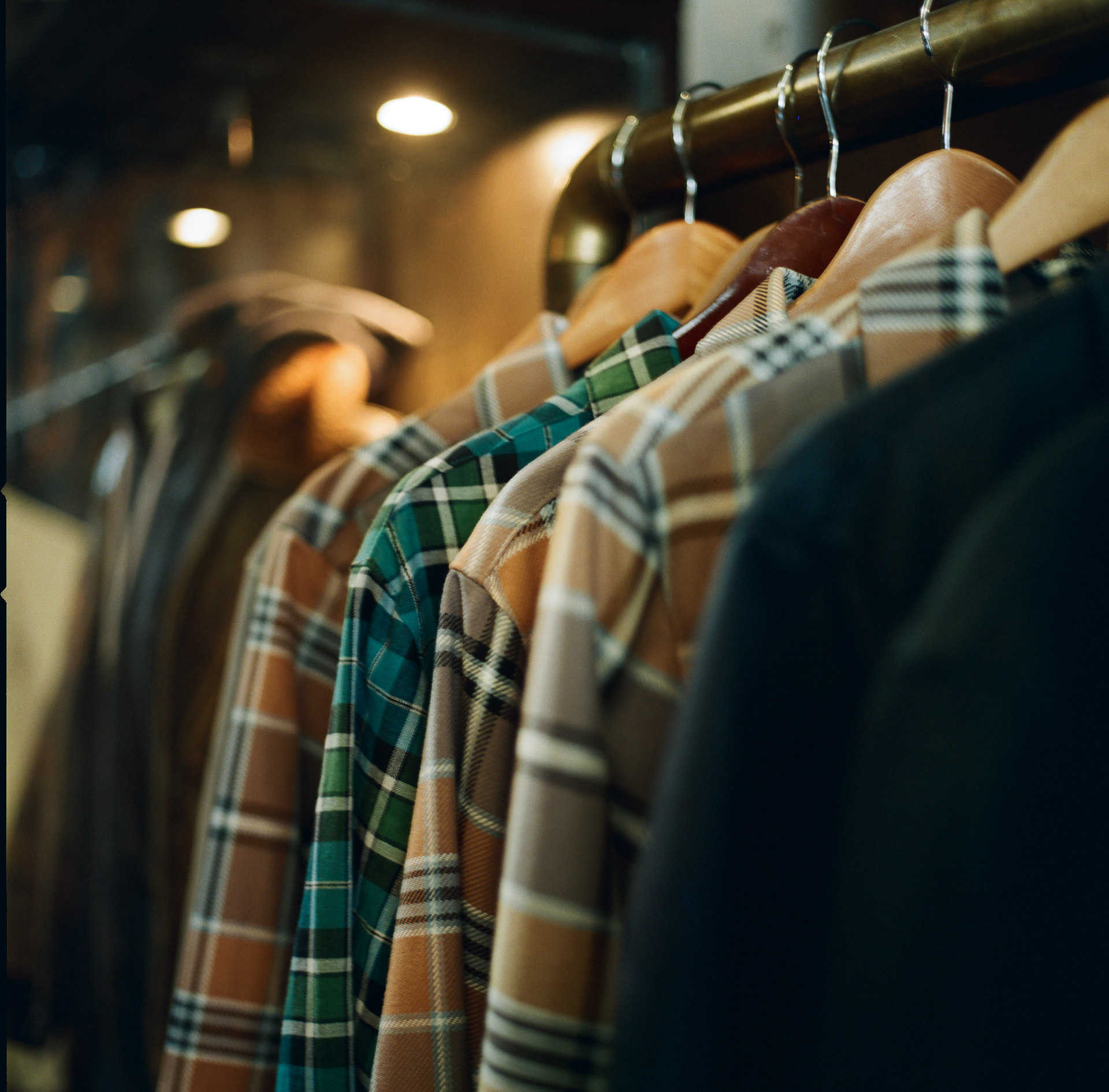
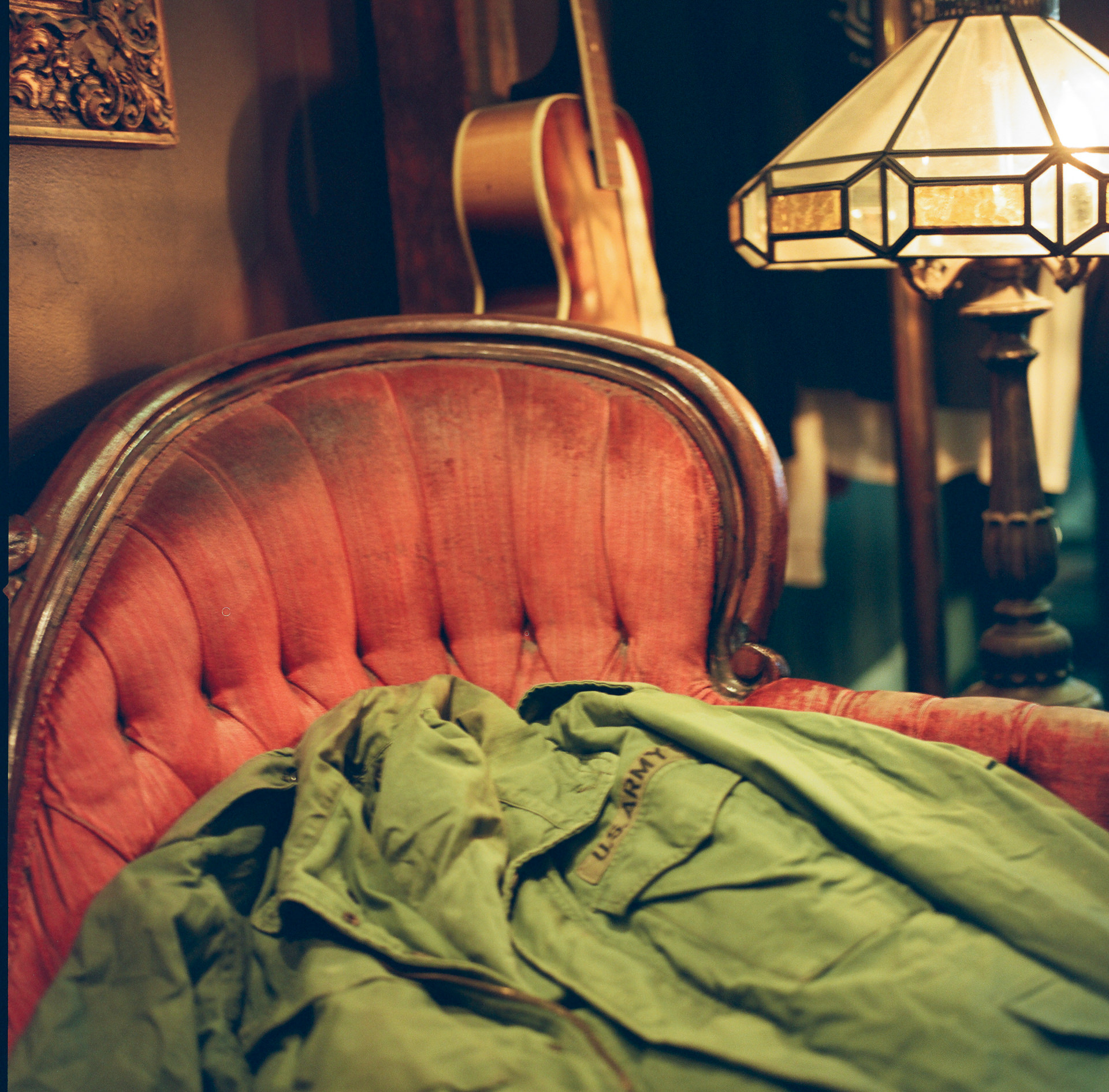
How did you learn the repair side of your craft?
When I took over Zip’s business Denim Doctors, that’s where I learned that. My focus going into it wasn’t repair, but what I always ran into as someone that wore a lot of vintage is that things like boots and jackets can be revamped and reworked. You can pay $1200 for a vintage leather jacket and have it reworked for you and keep it for life. On the other hand, vintage Levis are $4k for a pair of real deal “Big E” ‘60s Levis and they’re going to get holes and wear out. So it was always kind of a pin in my side that I couldn’t figure out where my love of vintage denim fit into the picture. When I started doing denim repair, the thing I learned was all of the Japanese brands never came in for repair, but they fit like shit. All the American and Italian brands – APC/Acne/etc – all had the right packaging, labeling, finishing, hardware, and fit, but they were made of junk denim. So my answer was found there and I said “I’m going to make a Japanese jean for someone that was focused on American fit and fashion.” That idea had been done before, but at that time, it was slightly overlooked and there was a space in the market for it.

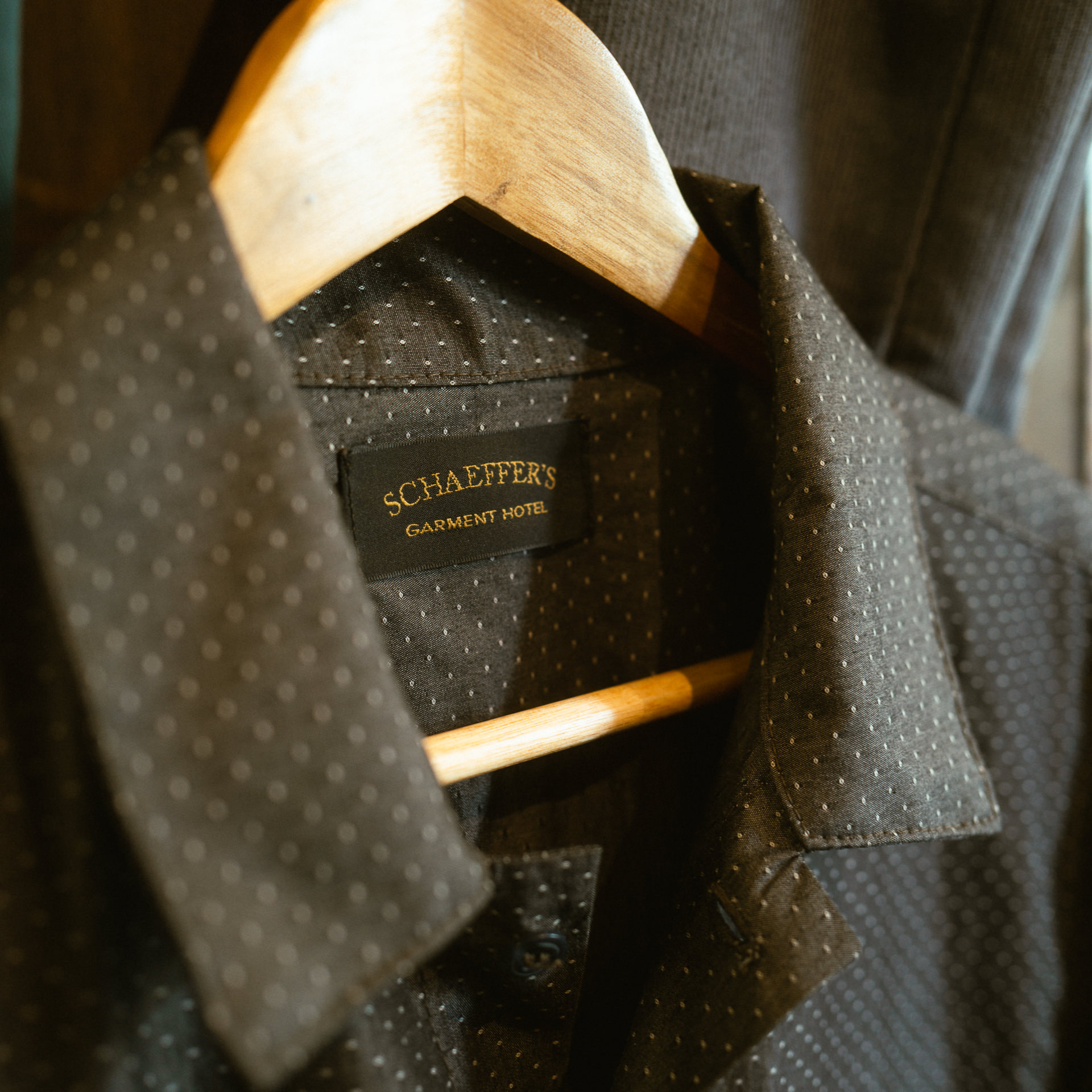


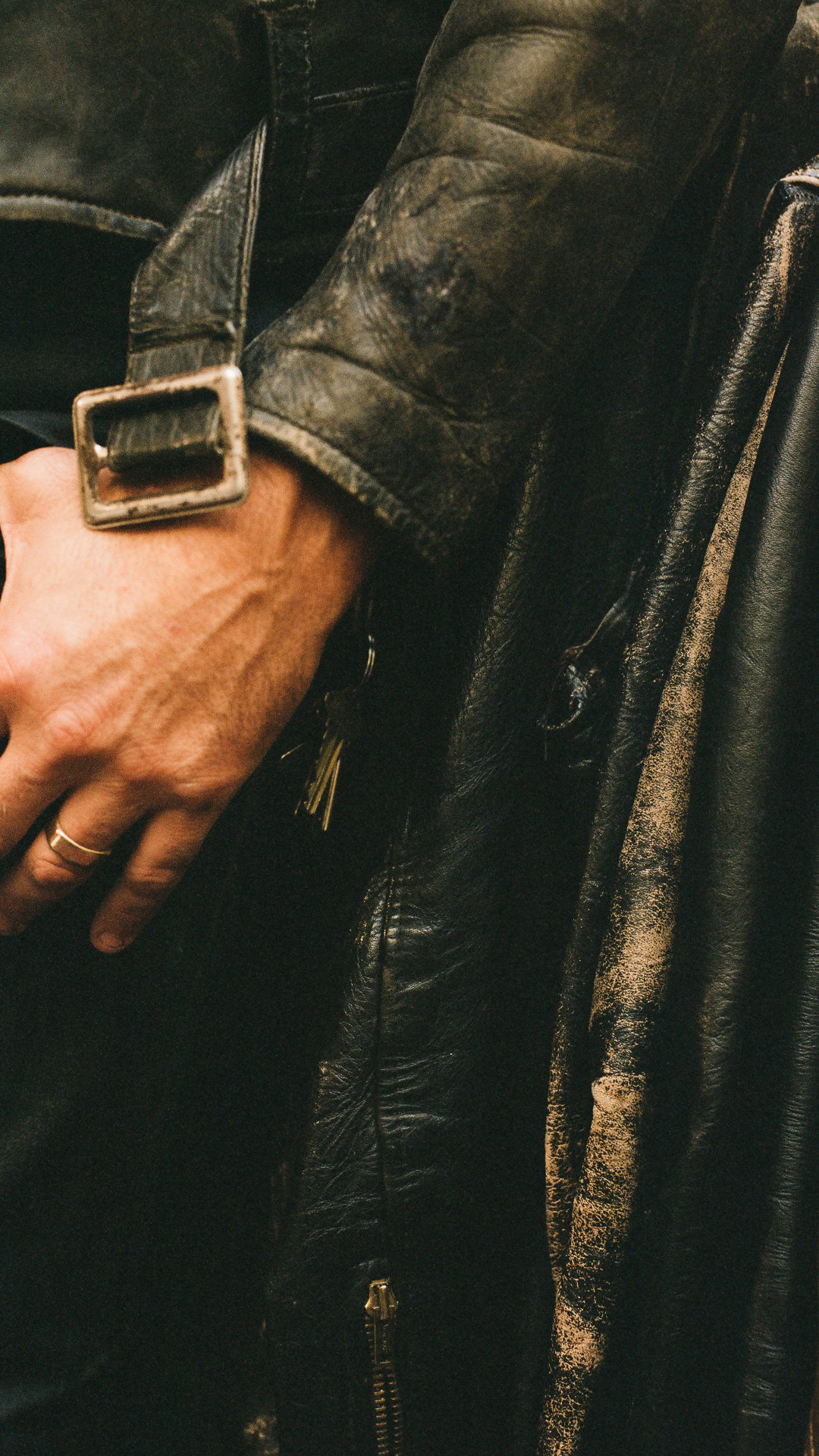
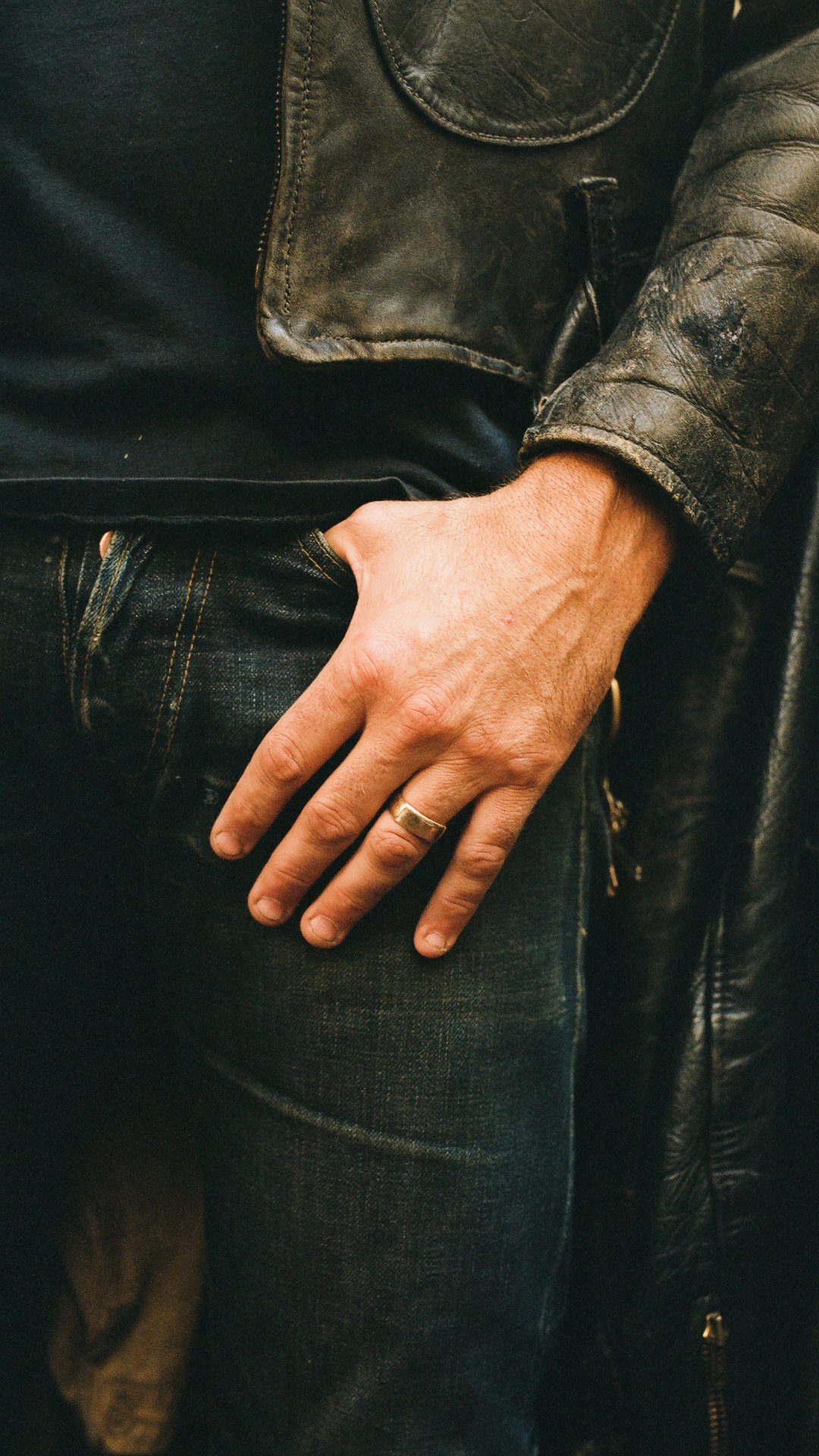
I’ve interviewed people from denim brands that use proprietary Japanese selvedge denim and it’s been argued that the cut of a jean is something anyone can bite and steal, but the heart and soul of a good pair of jeans is in the denim itself. Where do you stand on that and how does that impact your approach to designing jeans?
Anyone with enough money or connections can get whatever denim they want made, and I get proprietary denim from the Nihon Menpu mill in Japan, but I don’t think that really relates to my customer. It really depends on your customer base. I’m a denim nerd myself, but those brands are really selling jeans to denim nerds – people who research the mills the denim is made in and genuinely care about the details like that. I sell to those people too, but the majority of my clients – and the reason I’ve been around for 13 years and haven’t had to close – are musicians, actors, and fashion heads. I use a fabric that a denim nerd figured out, but use it to make a product that is fashion basics-driven. My customer wants a jean that looks sexy on them, but doesn’t rip apart and will age a certain way. I still help a lot of the guys from Saint Laurent and I did a lot of jeans for Hedi [Slimane] and his runway shows when he was there. All of those guys still get my stuff, and it’s not because I’m bad ass – it’s just because I make a pair of jeans that the fashion-focused Saint Laurent guy can wear and the denim nerd can wear and appreciate.
With most of my clients, if I sit there and explain details about the fabric and what spool and shuttle loom it came off, they’re staring at something else in the shop before I can even get the words out of my mouth. And the denim nerd part of the industry can get real cheerleader-y and I don’t want anything to do with that. I like to take the quality part from that side of the industry and introduce that kind of quality to people that were too busy to sit on Superfuture.com all day researching what temperature the cotton was cooked at on old jeans. There’s a place for that kind of enthusiasm, but there’s also a place for the guy that comes to me and says “I’m tired of my APCs or Levis or Saint Laurent jeans blowing out and having to buy a new pair every 3 months.” I wanted to create something that someone could wear with all of the high fashion brands, but didn’t have such a strong face. I wanted to introduce something that people could have in their closet and wear with any designer, but didn’t guide an outfit in one direction or another and just complemented whatever you paired it with. Ultimately, we make a blue collar jean that’s appreciated by a non-blue collar person, made with denim nerd fundamentals.
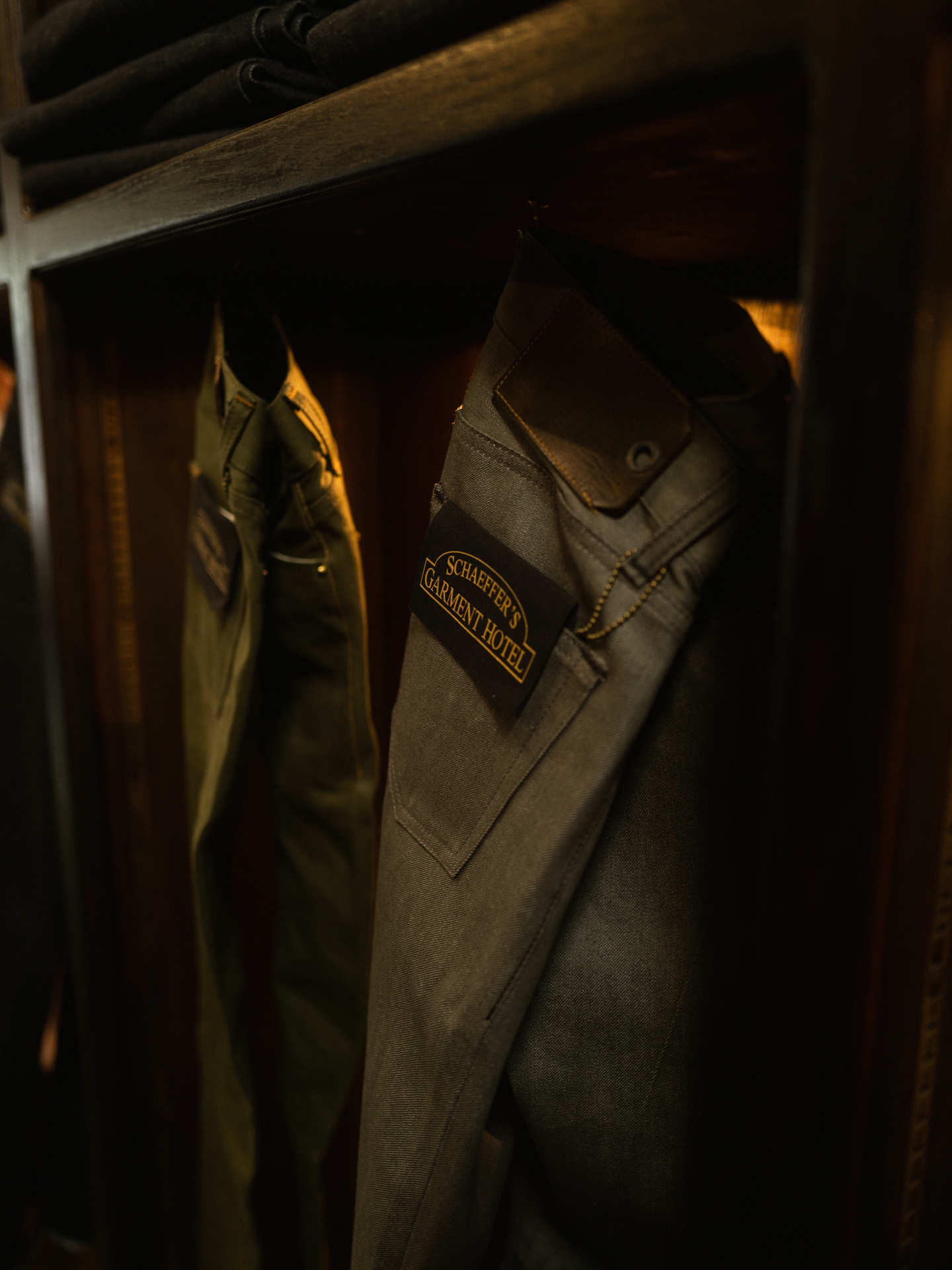
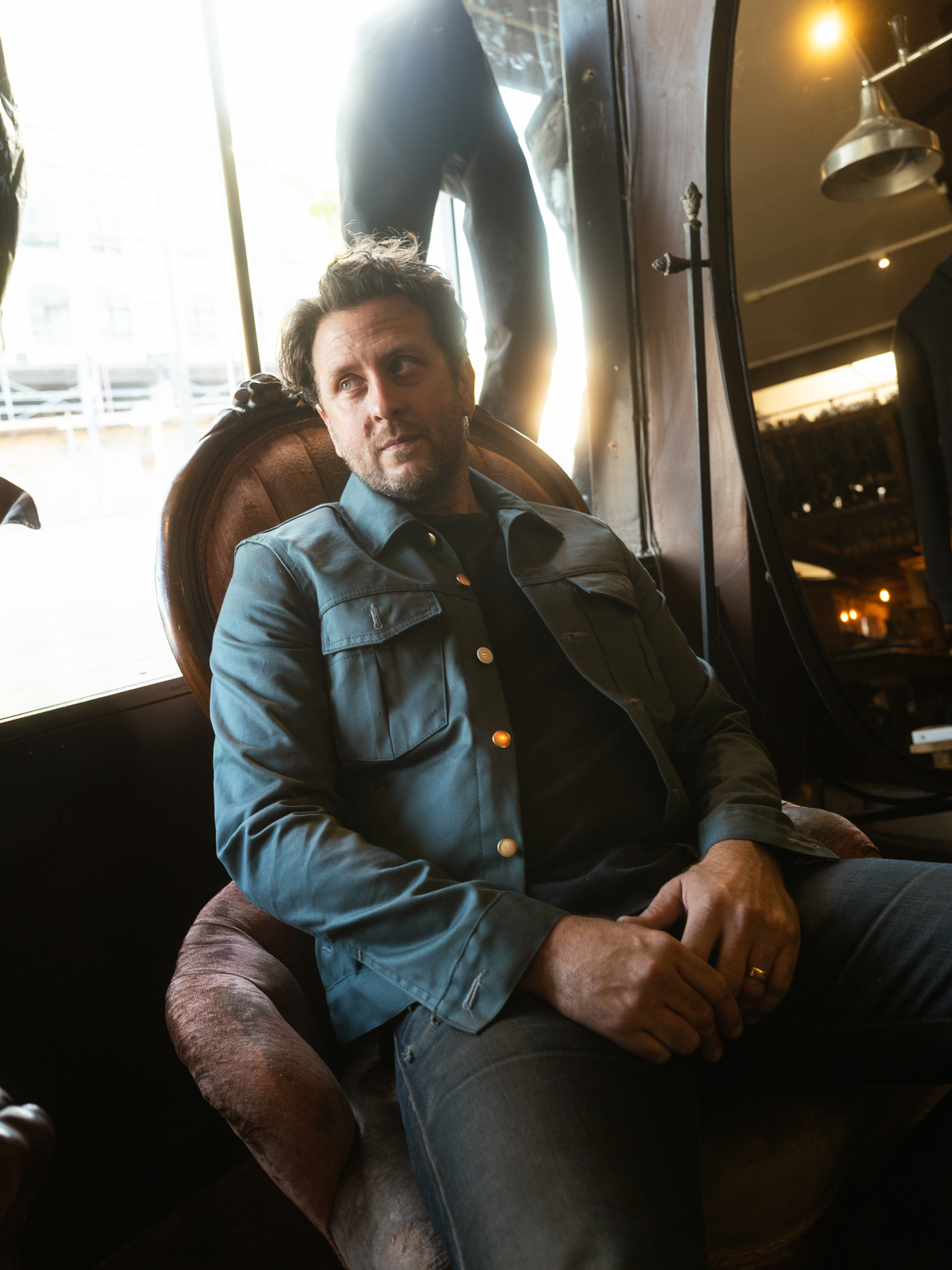
Was there anything specific and unexpected that you took from your years of repair work and applied to your own line?
I learned a lot about fit. The reason the fit is so good on my jeans is I looked at every single brand and I continually saw my competition in a way most people couldn’t when I was repairing them. So if something came in that was striking better than what I was putting out, I figured out a way to tweak my product. It really helped me with my understanding of men’s fits, and I was doing repair work in Hollywood and I really got to understand my clients’ taste and what they were buying before they bought my jeans, and how to apply the things they liked about those jeans to my own, but with my quality.
What’s your philosophy on making things with longevity in mind? I think that’s a missing element in a lot of today’s clothing.
That was really the main focus in going after really expensive Japanese denim. There was a lot of junk denim available when I first started out that I could’ve just bought and figured out a style around, but those years of doing repairs showed me firsthand how much better the fabric was. The fabric is always number one in quality and getting a fabric that’s going to last and also age the right way is very important to me.
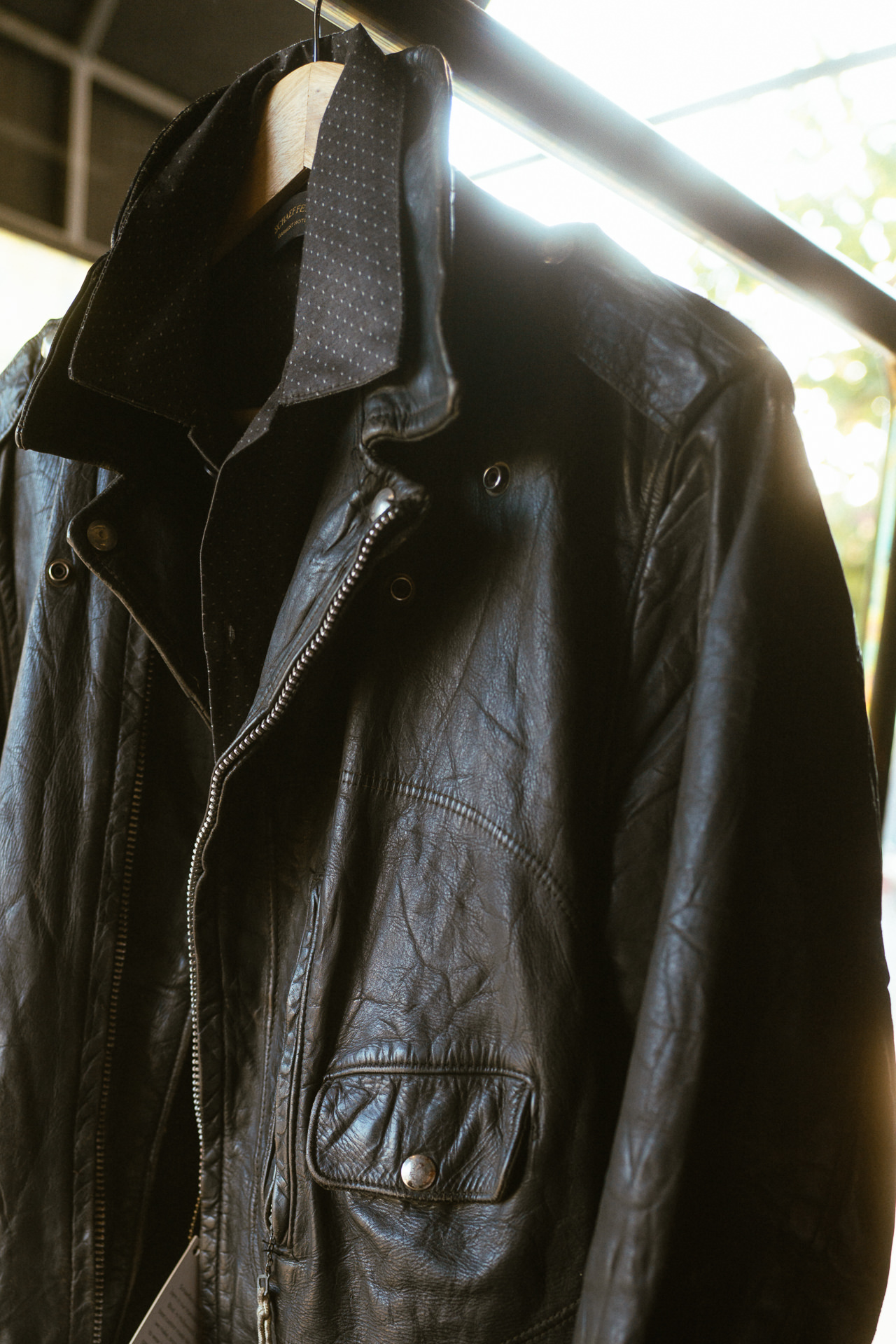


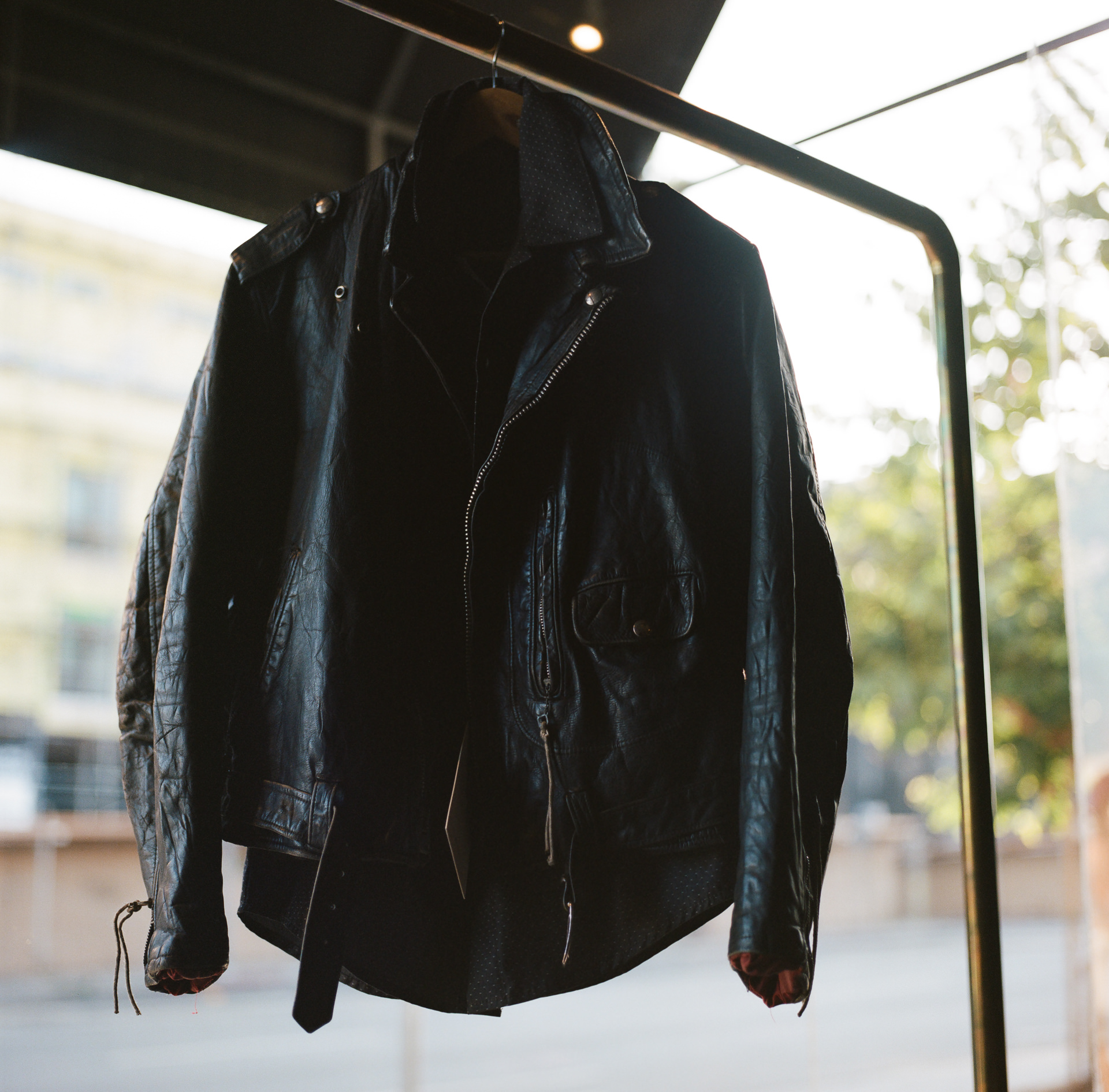
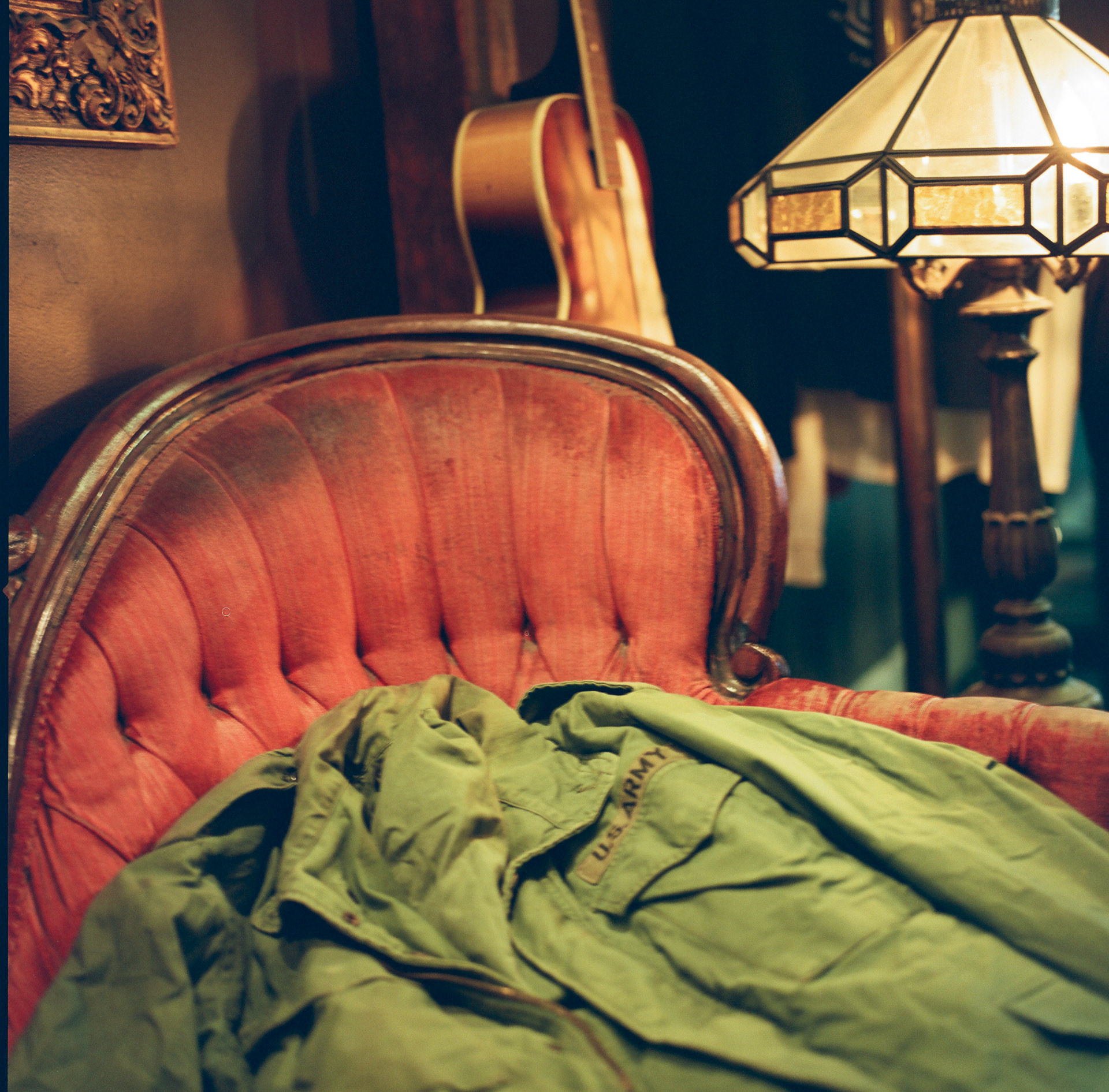
We were talking about how popular motorcycle jackets are again and I’m curious if you have any advice for people that are shifting away from off-the-rack leather jackets towards vintage or something more substantial. Is there something you wish you knew when you first got into it?
That’s a hard question to answer because the only way you’re really going to buy good vintage is buying a bunch of junk that you think is good, then realizing you got hosed and having to dump it and figure out what it is you really want. That’s the only way I learned and I really thought I bought good stuff at all the swaps, but it was just junk. It’s really an experience game, so I think for someone who has no experience buying vintage, I say find a dealer or a local that is sourcing them and knows what they’re looking at. Someone you can learn from and trust. And the number one thing I’d say on jackets is you have to look at the hardware; if you find a jacket with all brass hardware – zippers, rivets, everything – that’s going to date that jacket to the ‘60s or prior. And I mean real brass, not fake brass that’s made to look aged. If you find a jacket with real brass hardware, that’s a good start. The other thing is that a lot brands stopped using horsehide in the late ‘50s, so anything with a horsehide label will tell you you’re in the right range.
You’ve dressed a lot of iconic musicians and actors. What do you take the most pride in when it comes to your high profile clients?
One of my favorite things is when they purchase something and I just see them wearing it somewhere and it has nothing to do with any sort of collaborative effort. When I find out a celebrity I’ve sold something to is actually wearing it and enjoying it, that means a lot. The reason I don’t gift items (unless we have specific arrangements where they drive business for me and we’ve worked together for a while) is that celebrities get free stuff all the time. I really enjoy it when someone that is used to getting free stuff values what I do enough to come into the shop and pay for my work and trust me and trust that the things I make are different and better than what’s being gifted to them by other brands. I post maybe a quarter or less of the celebrities that come here; I enjoy the relationships I have with them – which is probably bad for my business – but I’m a people person and I don’t whore people out or my work out like that.
You’re a serious music fan and a guitarist yourself, and the shop is full of vintage guitars and amps. Have any of your musical heroes worn your clothes on stage?
Yeah, I’ve done stuff for Steven Tyler and Joe Perry from Aerosmith for years and they’re both really good people. Joe and I both like really weird guitars and we’d send pictures back and forth of weird guitars and that’s really how our relationship began. I do stuff for Josh Homme from Queens Of The Stone Age and I like doing stuff for him; we’re going to do some tour stuff for Josh soon hopefully. Erykah Badu, Steven Tyler, and Joe Perry are my favorites to work with personality wise.
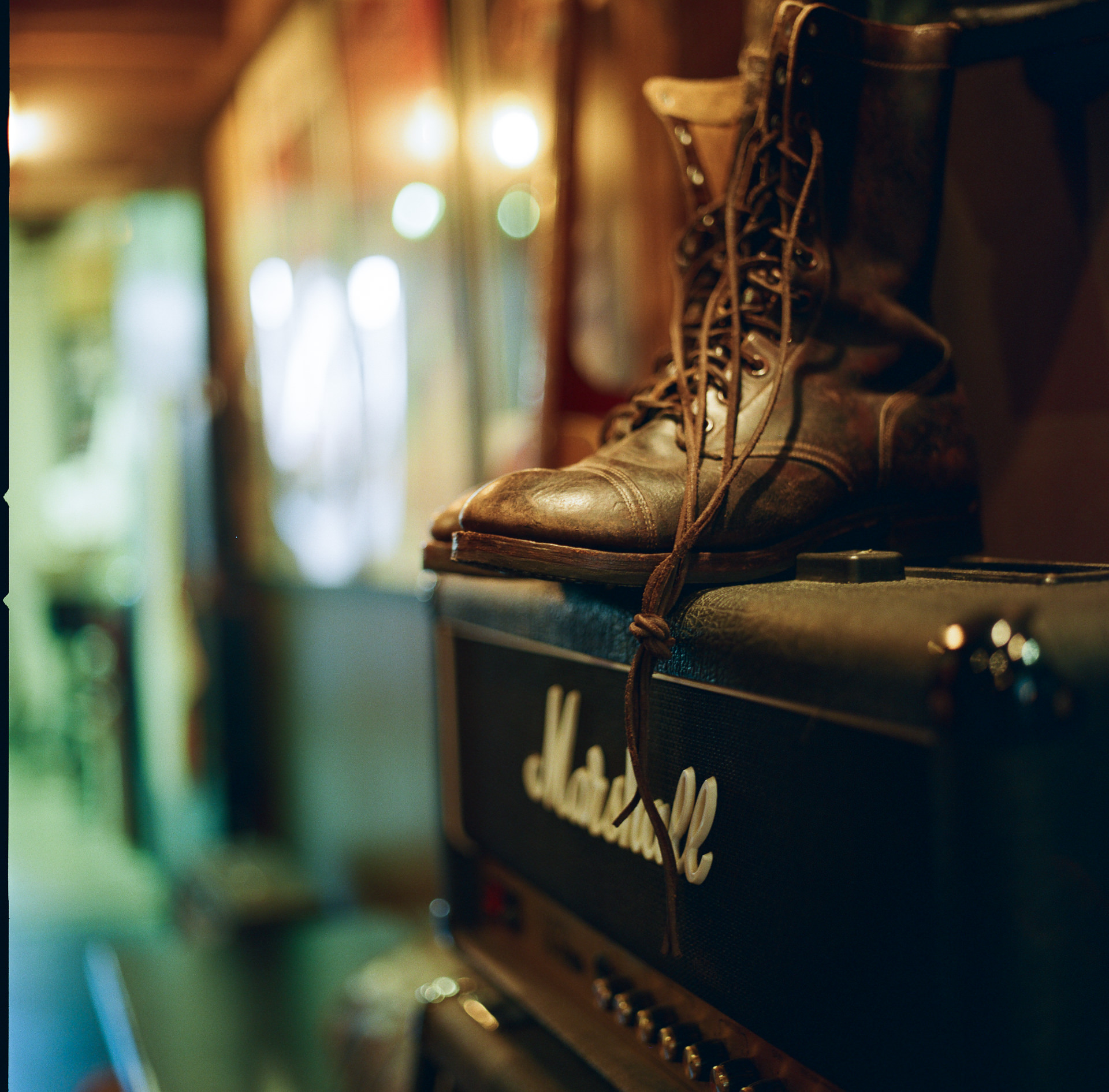
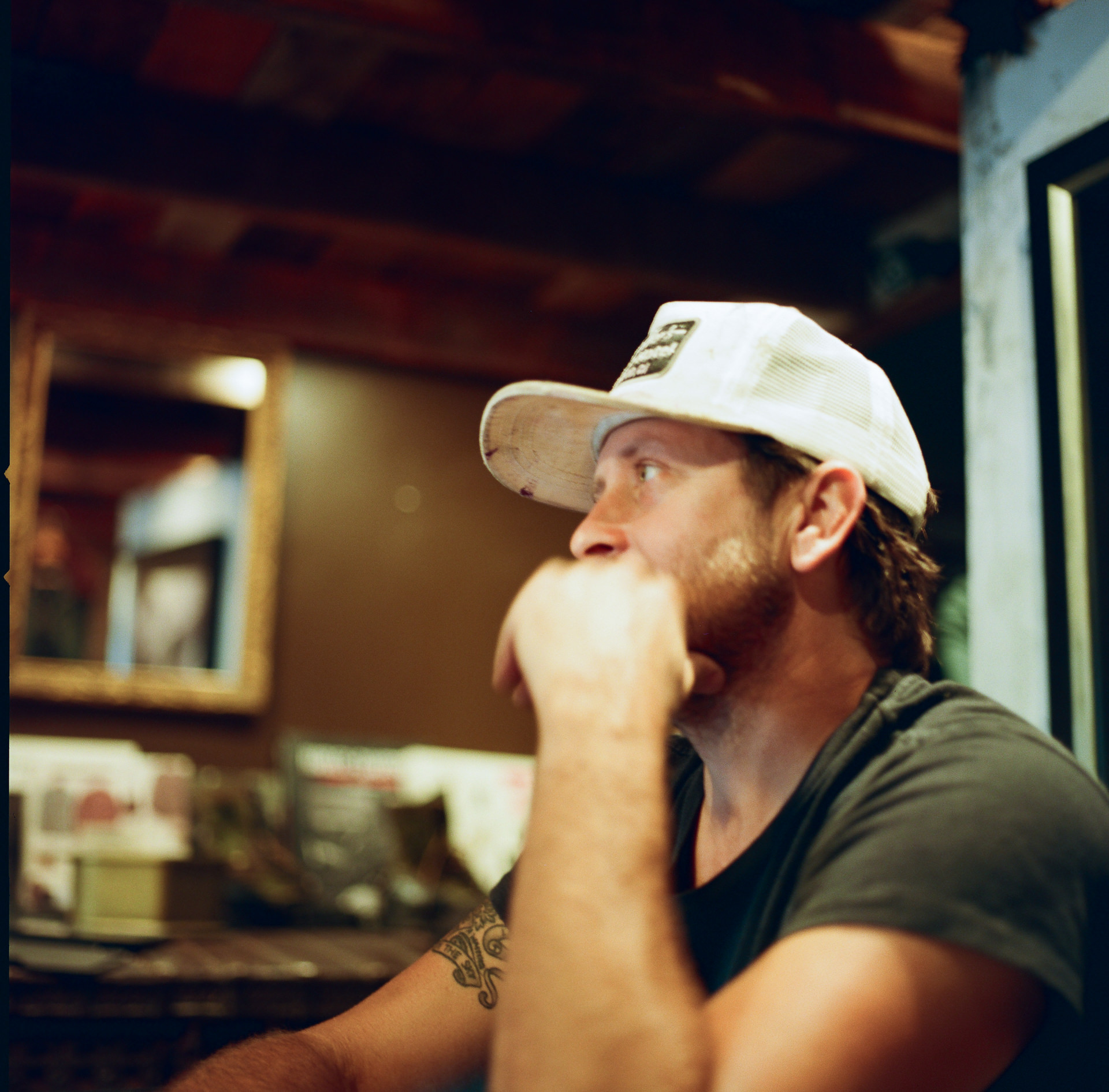
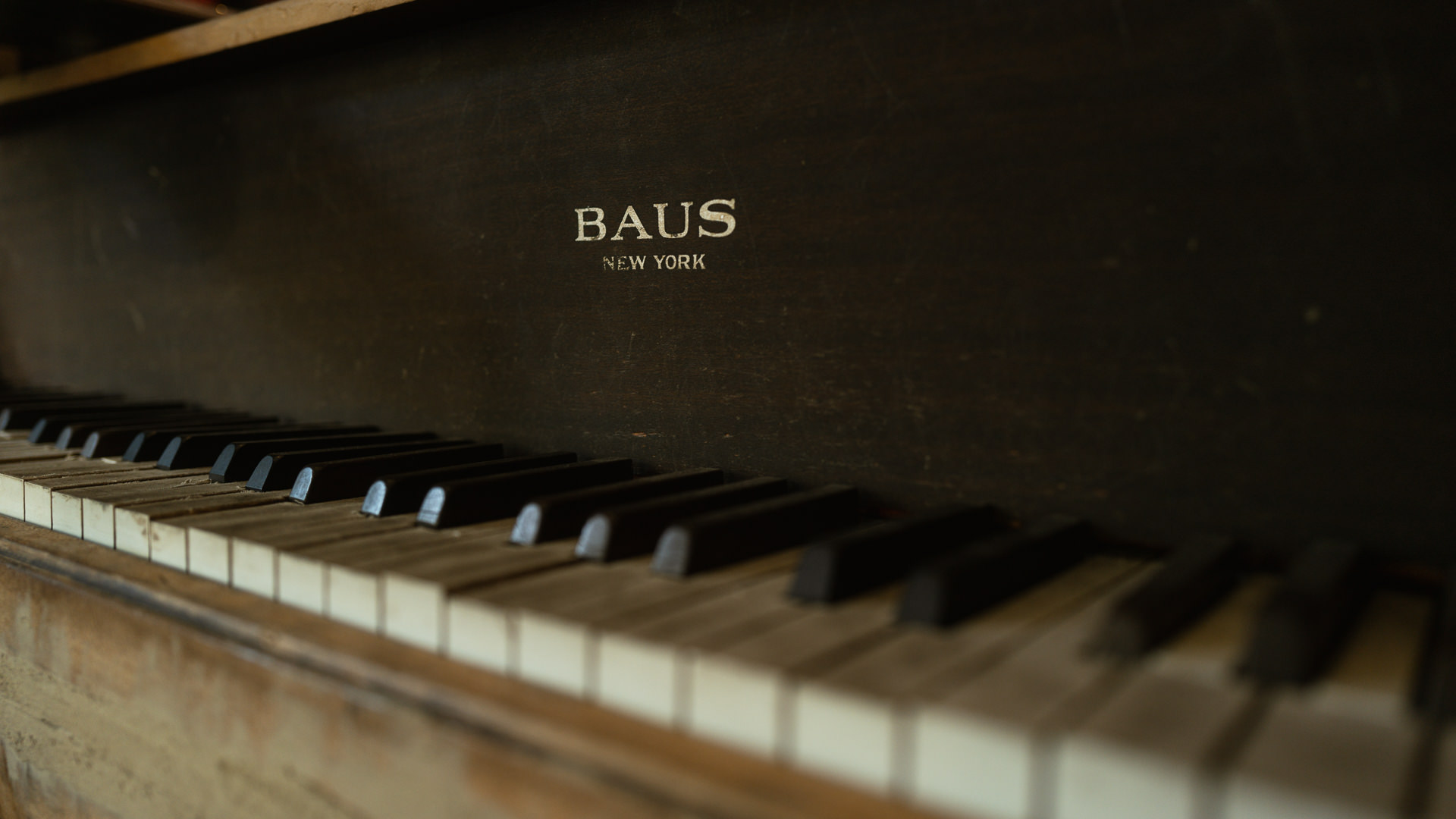
You’re a watch guy as well. I think vintage watches make a ton of sense within your world of high quality denim and vintage leather. These things are all at their best when they’ve aged a bit and all take on unique personalities through that. How does your watch collecting fit into this world?
I won’t commit enough financially to have a serious collection, but I have a Rolex GMT-Master II that I love and enjoy which C + T has handled in the past, and I have a Heuer 844 Monnin that I got from C + T and really like. If I could commit or had all of the money in the world, I’d get a Tiffany signed “spider” dial Submariner. I don’t like Daytonas, I don’t like Newmans, and I don’t like gold watches. I like things like ref. 5513s and things with creamy patinas and subtleties. The Comex Submariners are cool, but the “red” Subs are my favorite. I like anything that’s really bad ass with subtleties, and I don’t like anything that’s too in-your-face.
Film & Digital Photography by Cameron Barr. @cambambarr on Instagram
You can find Schaeffer’s Garment Hotel on Instagram at @schaeffersgarmenthotel

Check out 'Reference Tracks' our Spotify playlist. We’ll take you through what’s been spinning on the black circle at the C + T offices.

Never miss a watch. Get push notifications for new items and content as well as exclusive access to app only product launches.
Sign up for our newsletter to receive updates and exclusive offers